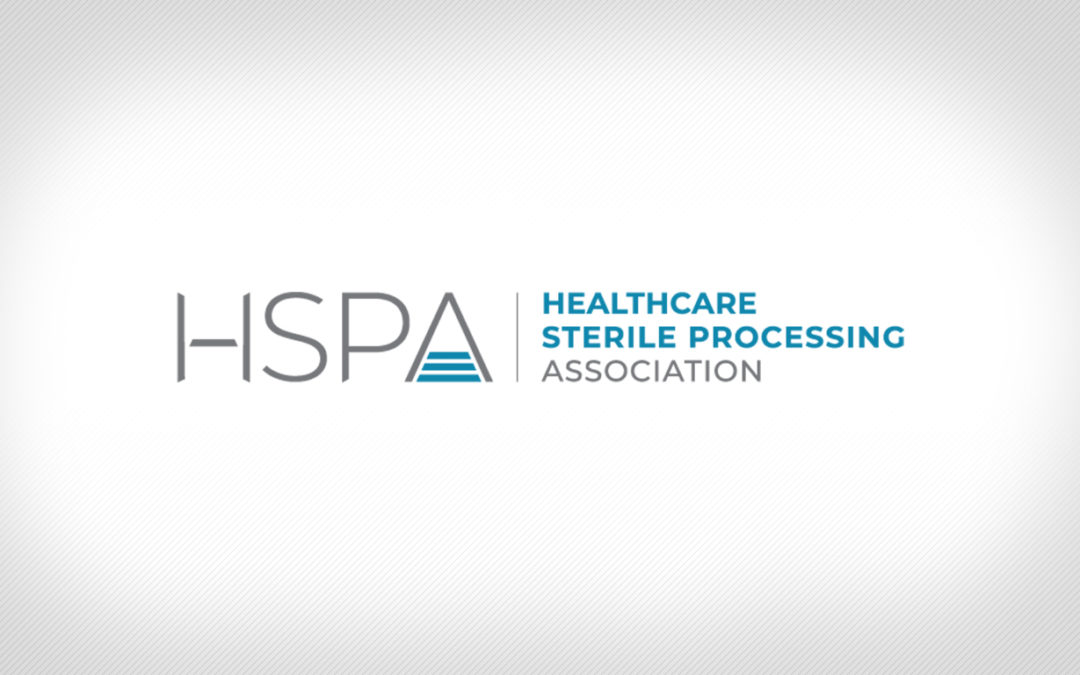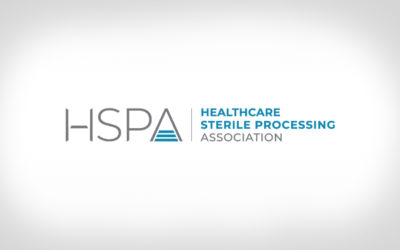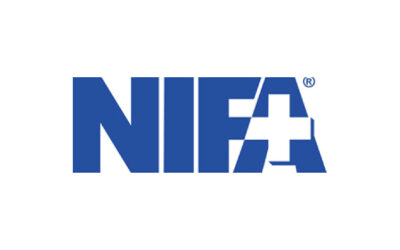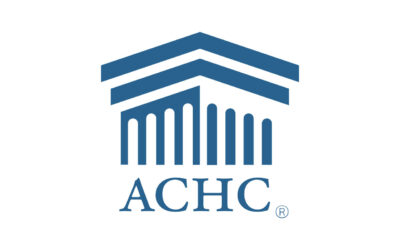By Susan Klacik, BS, CRCST, CIS, CHL, ACE, FCS

The Association for the Advancement of Medical Instrumentation (AAMI) released its updated version of PB70:2022 Liquid barrier performance and classification of protective apparel and drapes intended for use in health care facilities. This standard establishes the minimum barrier performance requirements, classification system and associated labeling requirements for protective apparel, surgical drapes and drape accessories intended for use in health care facilities. The standard also provides guidance to manufacturers as they design drapes and protective apparel.
In the standard’s previous (2012) edition, barrier claims only addressed surgical gowns, surgical drapes and isolation gowns in health care settings. There are many other protective apparel items used to provide barrier protection; therefore, it was necessary to add other categories of products for which PB70 barrier level claims could be made. The newest version of PB70 includes new requirements for those other barrier protection of protective apparel and drapes. This article addresses the apparel revisions that affect sterile processing (SP) professionals.
There are several substantial additions intended to improve the apparel worn in SP areas; one involves the addition of decontamination gowns, togas, hoods, headwear and footwear.
Requirements for gowns worn in the decontamination room include the following: that they are labeled as decontamination gowns intended for use in decontamination applications, that the critical zone shall have a barrier performance of at least Level 3, and that the manufacturer must provide detailed information on the barrier performance of each critical zone component. Togas provide superior protection because they combine a protective gown with an integrated hood with a face shield – and they also have critical zones for optimum protection (they will be labeled separately and prominently with the class of barrier performance). Togas provide protection to the neck, which is lacking when only a gown is used.
The different types of headwear included in the standard include hoods, hats and caps. For hoods that consist of a head and neck covering with or without an integrated face shield, the critical zone includes the entire front of the hood assembly (extending past the face to the ears, but not over the ears) and has a barrier performance of at least Level 1. The entire back of the hood (extending from the front of the ears and the back of the head), the top area of the hood, and any filters in this area are excluded from the critical zone. For specific information regarding the barrier performance of each critical zone component of a hood, health care providers may contact the manufacturer. For caps and hats, which as now included in the standard, the entire surface of the cap and hat, including seams, shall have a barrier performance of at least Level 1. For footwear, a barrier performance of at least Level 1 is recommended in the updated standard.
Note: It is important to understand that attire worn in the decontamination area must still meet requirements set forth in the Occupational Safety and Health Administration’s Bloodborne Pathogens Standard. This standard requires that employees only wear attire that prevents blood or potentially infectious materials to pass through and reach employees’ clothing underneath. This standard does not address the properties of decontamination garments that protect against hazardous chemical agents that may be used in the cleaning, disinfection, decontamination or sterilization of medical devices.
When a health care worker selects protective apparel, they may check the package for the specific item and class of barrier performance for each item in the package that has a barrier claim. The protective attire itself is to be prominently labeled with its class of barrier performance. Labeling requirements were added for each package containing protective gowns, such as decontamination gowns, to state that they meet one of the following appropriate descriptions of the gowns:
- a) Full-coverage gown
- b) Non-protective back gown
- c) Open-back gown
Surgical gown with back panels that do not meet at least the requirements for Level 1 barrier performance shall be prominently labeled with a warning that reads, “Back is Non-Protective.”
Protective barriers will be labeled with an expiration date to the lowest unit of packaging (e.g., box, bag, etc.).
Just as with other medical devices, the technical information shall be provided by the manufacturer upon request.
This article provides a high-level summary of additions to the revised PB70 that directly affect SP professionals. To access the full, updated standard, visit www.aami.org.
– Susan “Sue” Klacik, BS, CRCST, CIS, CHL, ACE, FCS, serves as a clinical educator for the Healthcare Sterile Processing Association. She has also served as the HSPA representative to the Association for the Advancement of Medical Instrumentation since 1997.










